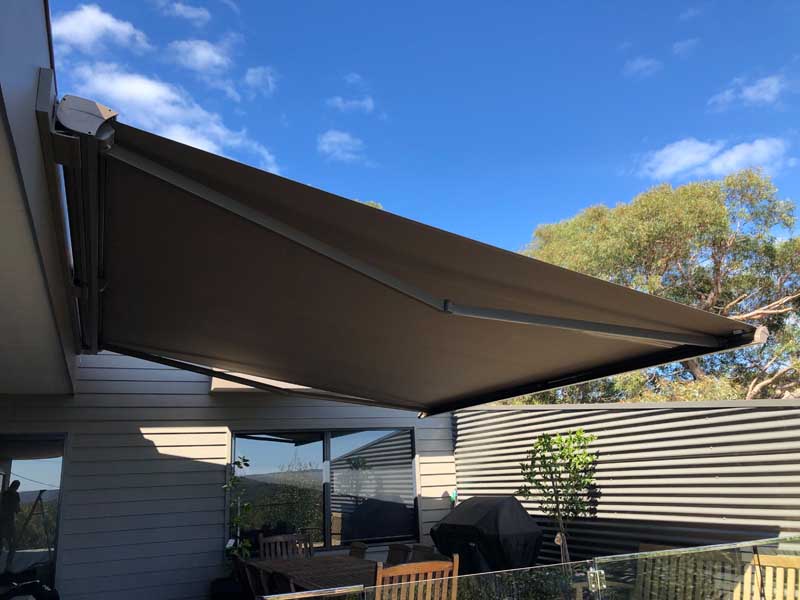The Beaufort Wind Scale For Retractable Awnings
An awning is a brilliant addition to the exterior of any home. It has the ability to protect homeowners from the elements while also offering the versatility to be removed when the elements are favourable. In this sense, it offers something a fixed awning, canopy, patio, pergola or any other type of fixed structure cannot. However, a retractable awning is made of fabric, and because of this, the question of durability is incredibly important. In particular, in the high-wind conditions so often seen in the Australian winter, awnings must be capable of handling extreme winds. For this reason, you’ll want a retractable awning that reaches at least 6 on the Beaufort Wind Scale, which we will introduce you to below.
What is the Beaufort Wind Scale?
The Beaufort scale is a measure of wind speed. It is split into 13 categories from 0-12:
- Calm. No wind at all. Smoke will rise vertically.
- Light air. Smoke will indicate wind direction, but it’s still barely noticeable.
- Light breeze. You’ll feel a slight wind on your skin, and leaves begin to rustle.
- Gentle breeze. Leaves and twigs are now moving constantly.
- Moderate breeze. Small branches start moving, while loose paper will blow away.
- Fresh breeze. Medium-sized branches are now moving. Small trees sway.
- Strong breeze. Large branches are now in motion. Umbrellas become difficult to use.
- High wind. Whole trees are swaying and it becomes difficult to walk against the wind.
- Gale. Twigs are broken from trees and cars veer on the road.
- Strong gale. Branches break off trees and small trees blow over.
- Whole gale. Large trees are uprooted, poorly attached shingles peel off roof.
- Violent storm. Widepsread damage to vegetation, while tiles may break from roofs.
- Hurricane. Windows may break, homes may be damaged and debris is thrown about.
How does this relate to retractable awnings?
Retractable awnings are made from fabric which, on its own, would be blown away even in minor (3 to 4 on the Beaufort Scale) wind conditions. Because of innovative design and technology, however, such as high-strength extruded brackets and robust aluminium die-cast parts mean the best awnings are capable of withstanding conditions of as high as 6 on the Beaufort Scale.
However, the fact that these awnings are retractable is also quite important, and in the rare occurrence of gale force or higher conditions, it’s important that the awnings can be retracted as quickly as possible. Since, occasionally, homeowners may be away from home when the winds strike, the best retractable awnings are ones that are fully automated, being fitted with sensors that can recognise dangerous wind conditions and which will retract automatically in such an instance.
Overall, the fact that retractable awnings allow for the versatility to either protect or expose you to the elements – depending, of course, on the weather conditions you’re experiencing at the time – makes them an absolute winner in our books. Furthermore, ensuring a high Beaufort Scale rating combined with














Sorry, the comment form is closed at this time.